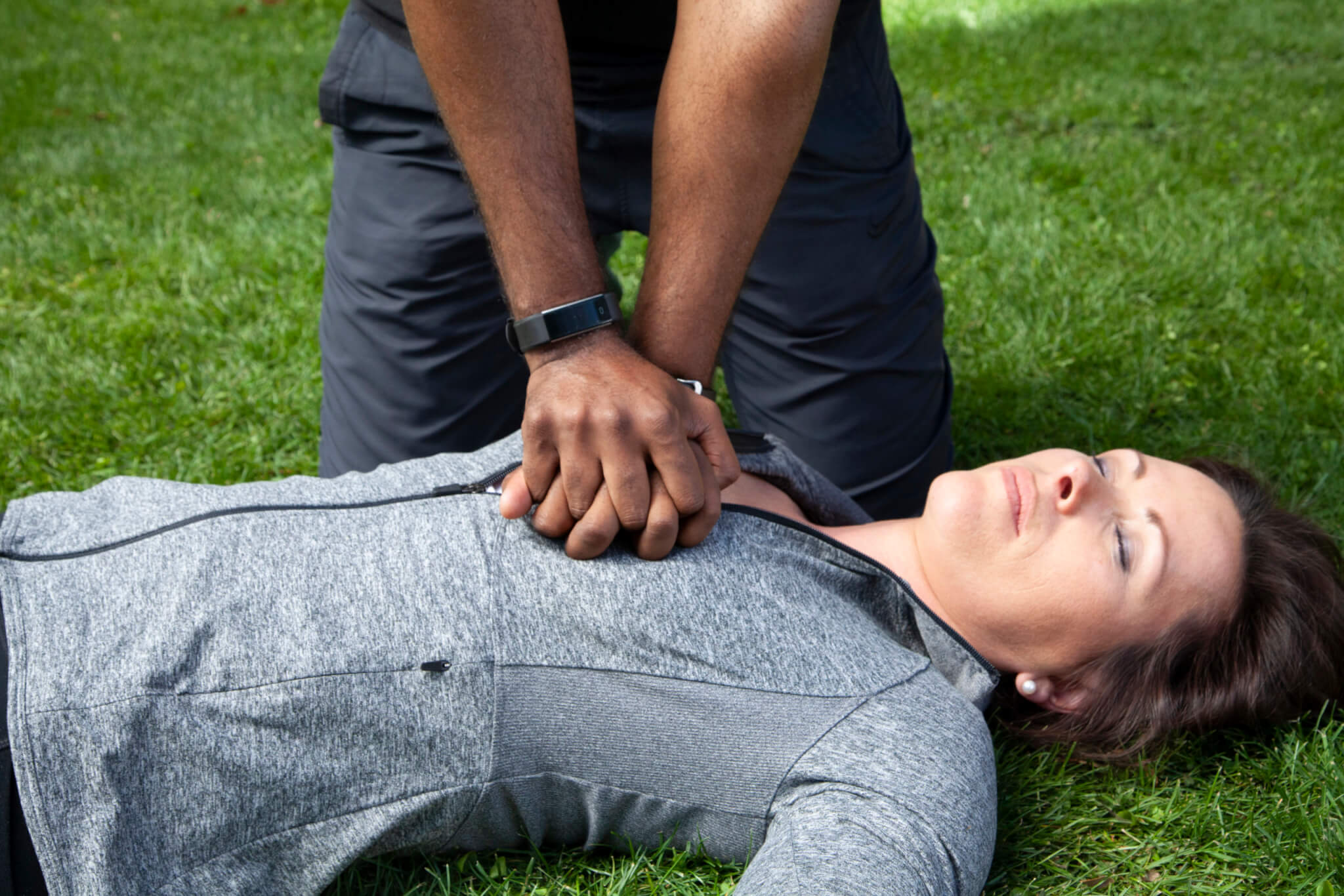
(© pixelaway - stock.adobe.com)
DALLAS — The sports world was shaken to its core after Buffalo Bills safety Damar Hamlin collapsed on the football field in front of a national TV audience. His story is nothing short of miraculous and inspirational, and millions of Americans have taken notice of just how important it is to have a health professional who knows CPR available at all times. However, CPR (cardiopulmonary resuscitation) is something that anyone can learn and is certainly valuable for everyone to at least understand.
In fact, since Hamlin's health scare, Americans are showing a huge interest in learning more about CPR, according to new research.
What happened to Damar Hamlin?
Hamlin suffered cardiac arrest during the Bills-Bengals Monday Night Football game on Jan. 2 when he collapsed after taking a hit during a tackle. The game was initially postponed, but the NFL announced it would not be resumed due to the nature of the game's events. The Buffalo Bills updated fans last on Jan. 9, stating that Hamlin “has been released from the hospital and returned to Buffalo. He is doing well and this is his next stage of recovery.”
LET'S GO, @HAMLINISLAND!! ❤️💙#LoveForDamar | #ForDamar pic.twitter.com/riUFMQ54e4
— Buffalo Bills (@BuffaloBills) January 8, 2023
What is CPR?
When someone experiences cardiac arrest, which stops the heart from beating, CPR is an emergency lifesaving procedure performed that can exponentially aid in their chances of survival. It is normally a combination of chest compressions and mouth-to-mouth resuscitation, although it is possible to learn and utilize a hands-only CPR technique.
Why the sudden uptick in CPR curiosity?
Bills' assistant trainer Denny Kellington administered CPR on the field moments after Hamlin collapsed. Kellington was able to restore Hamlin's heartbeat before he was rushed to the hospital. The traumatic event and resuscitation have inspired fans and non-fans alike to look into CPR resources online, specifically with the American Heart Assocation (AHA).
Since the event, the AHA has experienced a massive 620-percent increase in pageviews to Hands-Only CPR content pages. They also found in the days following a 66-percent increase in traffic to their CPR and First Aid page in general, which provides CPR resources and information to sign up for virtual and in-person classes. This means an additional 57,600 people visited the site alone during that period.
Other AHA pages that spiked in traffic were their “What is CPR?” page, seeing a 145-percent increase. Similarly, the agency reports a 113-percent increase in visits to the CPR Course Catalog, which helps people find which CPR class would be best for them.

Why is CPR so important to know?
According to the American Heart Association, “about 90% of people who suffer cardiac arrests outside of a hospital die. CPR, especially if performed immediately, can double or triple a cardiac arrest victim’s chance of survival. Yet, bystanders only perform CPR 46% of the time.”
That means Hamlin's survival would have been significantly less likely without the help of Kellington when he performed CPR on the field. After the world tuned in to Hamlin's heartbreaking health scare, people feel empowered to learn the critical lifesaving skill.
What can a bystander do if CPR is needed?
The AHA says that “the two steps of Hands-Only CPR are to call 911 and push hard and fast in the center of the chest until the person begins breathing on their own or emergency medical services arrive.” The pace for CPR is 100-120 beats per minute which can be timed to the beats of familiar songs. Ironically, “Stayin' Alive” by the Bee Gees is one of them.
For more information on CPR, join the masses and explore the resources on the American Heart Association's website.











Awesome article and so well written. Proud of you as one of my former stiudents!